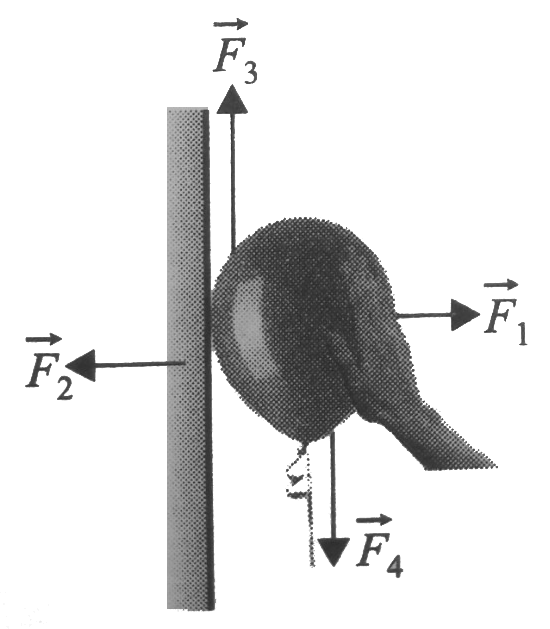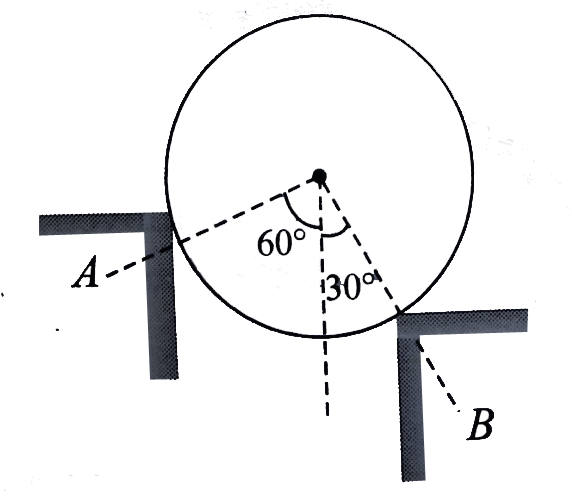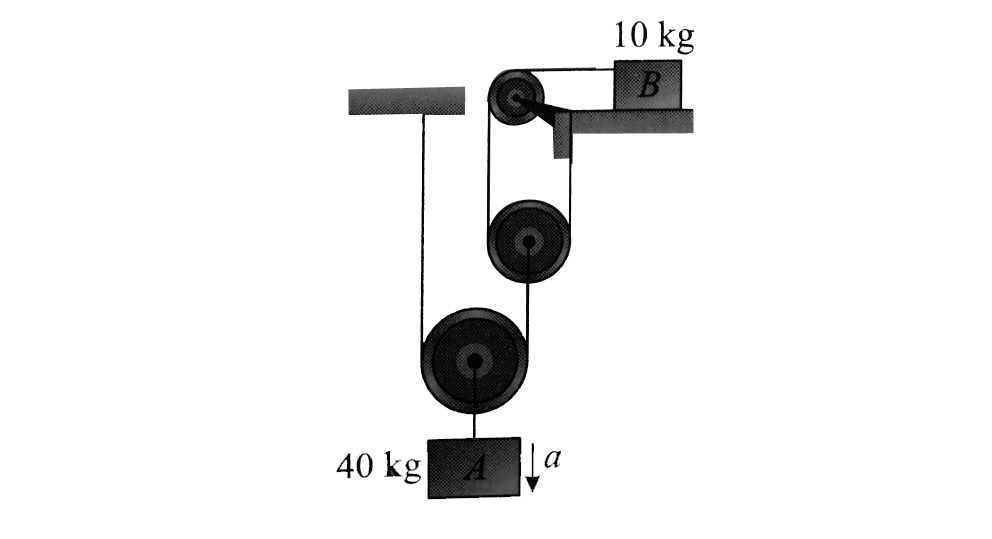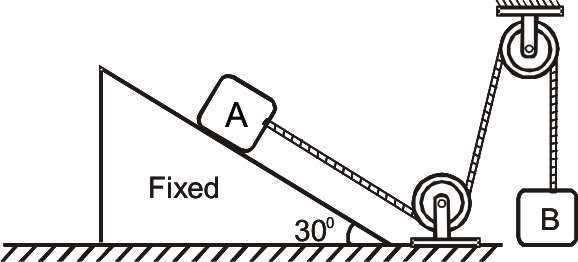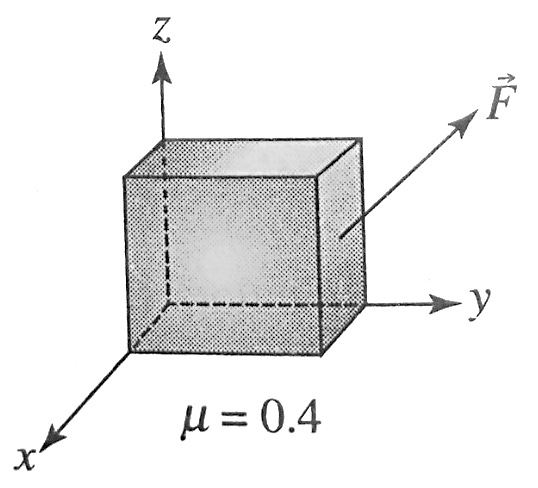Multiple Correct Answer Type from CENGAGE PHYSICS Chapter 6 CENGAGE PHYSICS DPP for Class 12
| Class 12 | PHYSICS |
| Chapter | CENGAGE PHYSICS DPP |
| CENGAGE PHYSICS | Multiple Correct Answer Type |
| Medium | English |
| Academic Year | 2023-2024 |
Question 2
Porous rock through which groundwater can move is called an aquifer. The volume V of water that, in time T. moves through a cross section of area A of the aquifer is given by Vt=KAHL, Where H is the vertical height of the aquifer over the horizontal distance L. This relation is called Darcy's law. The quantity K is the hydraulic conductivity of the aquifer. What are the SI units of K?View SolutionQuestion 5


For a particle moving along straight line with constant acceleration (a), we define velocity of the particle with time as
v=u+at, (u=initial velocity)
Draw the velocity-time graph of the particle in following situations.
(i) Velocity is decresing with time (i.e., acceleration in negative)
(ii) Initial velocity is negative but acceleration is positiveView SolutionQuestion 6
A particle is moving along x-direction with a constant acceleration a. The particle starts from x=x0 position with initial velocity u. We can define the position of the particle with time by the relation
x=x0+ut+12at2
plot the position of the particle in relation with time is following situations
(i) If initial position of the particle is on negativ x-axis, initial velocity is positive and acceleration is negative.
(ii) If initial position is positive, initial velocity is negative and acceleration is positive.View SolutionQuestion 16
A man in a lift ascending with an upward acceleration a throws a ball vertically upwards with a velocity v with respect to himself and catches it after t1 seconds. After wards when the lift is descending with the same acceleration a acting downwards the man again throws the ball vertically upwards with the same velocity with respect to him and catches it after t2 seconds?View SolutionQuestion 20
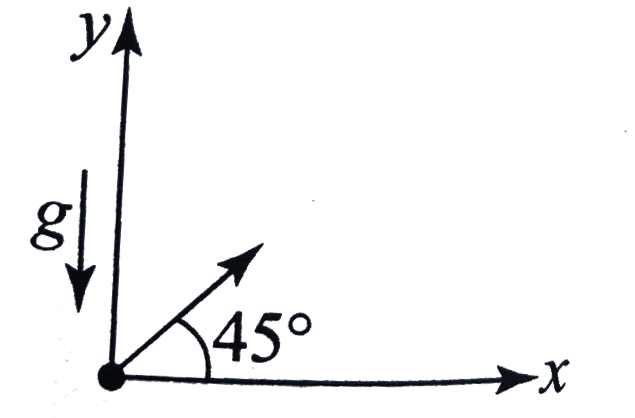
A stone is projected at an angle 45∘ with horizontal above horizontal x-axis as shown in figure (and y-axis is vertical). Four graphs representing the magnitude of horizontal (vx) or magnitude of vertical (vy) component of velocity of stone w.r.t. time t as shown. Then which of the following magnitude of velocity versus time graph best represents vx versus t and vy versus t respectively for the stone.View SolutionQuestion 21
A stone is projected from level ground with speed u and ann at angle θ with horizontal. Somehow the acceleration due to gravity (g) becomes double (that is 2g) immediately after the stone reaches the maximum height and remains same thereafter. Assume direction of acceleration due to gravity always vertically downwards.
Q. The total time of flight of particle is:View SolutionQuestion 22
A stone is projected from level ground with speed u and ann at angle θ with horizontal. Somehow the acceleration due to gravity (g) becomes double (that is 2g) immediately after the stone reaches the maximum height and remains same thereafter. Assume direction of acceleration due to gravity always vertically downwards.
Q. The horizontal range of particle isView SolutionQuestion 23
A stone is projected from level ground with speed u and ann at angle θ with horizontal. Somehow the acceleration due to gravity (g) becomes double (that is 2g) immediately after the stone reaches the maximum height and remains same thereafter. Assume direction of acceleration due to gravity always vertically downwards.
Q. The angle ϕ which the velocity vector of stone makes with horizontal just before hitting the ground is given by: View SolutionQuestion 24

A football is kicked with a speed of 22ms at an angle of 60∘ to the positive x direction taken along horizontal. At that instant, an observer moves past the football in a car that moves with a constant speed of 11ms is the positive x direction. Take +ve y direction vertically upwards. (g=10ms2)View SolutionQuestion 29

Consider a cart being pulled by a horse with constant velocity. The horse exerts force →FCh on the cart. (The subscript indicate the force on the cart due to horse.). The first subscript denotes the body on which force acts and second due to which it acts.
Choose the statements(s):View SolutionQuestion 44

Two blocks of mass M and m, are used to compress two different massless spring as shown. The left spring is compressed by 3 cm, while the right spring is compressed by an unknown amount.. The system is at rest, and all surfaces fixed and smooth. Which of the following statements are true?View SolutionQuestion 54
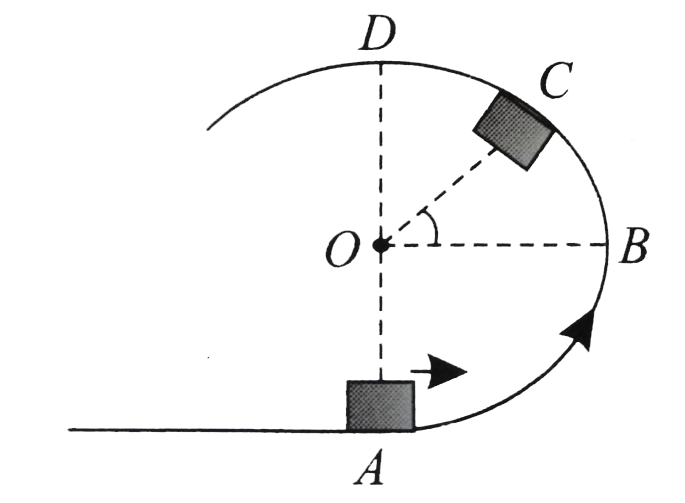
A small block of mass m is pushed on a smooth track from position A with a velocity 2√5 times the minimum velocity required to reach point D. The block will leave the contact with track at the point where normal force between them becomes zero.
Q. At what angle θ with horizontal does the block gets separated from the track?View Solution




